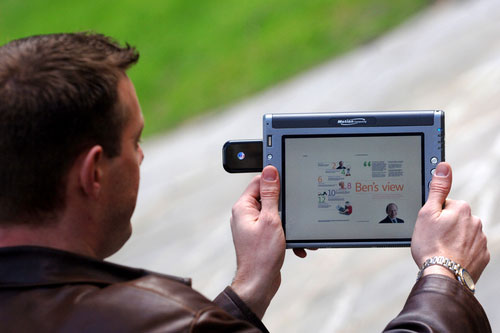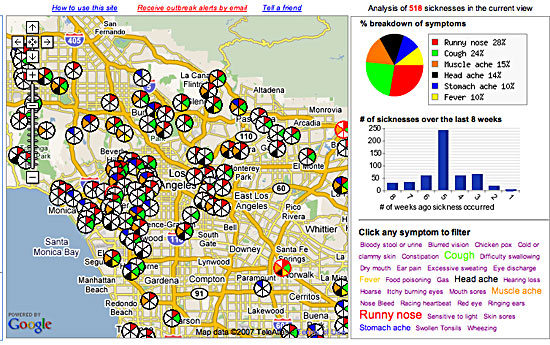Charming message in my university in-box this morning reads:
We are aware of a significant number of people experiencing problems starting their computers this morning. After initially starting up normally, the machine becomes ‘bogged down’ as applications are started. This is apparently down to a widespread problem with Windows Update and Microsoft think they have a solution.
There is a process on machines called svchost.exe running under the System username and during updates, some machines find this takes up 99% of the processor’s resources. If you press Ctrl-Alt-Delete and select Task Manager, under the Processes tab, you will find references to svchost.exe. If the instance running under System is showing 99%, then leave the machine to run through this for 20 minutes by which time the process should have run its course and the machine will operate normally.
If you cannot raise the Task Manager, then a manual shutdown of the machine might be the best approach before attempting the advice above.
As advised, there is a proposed fix from Microsoft and this will be applied during the next month.
Hmm… Just as well I don’t use the desktop PC so kindly provided by my employers. And it’s so consoling to know that the bug will be fixed “during the next month” too; I’m sure my colleagues will be delighted.




